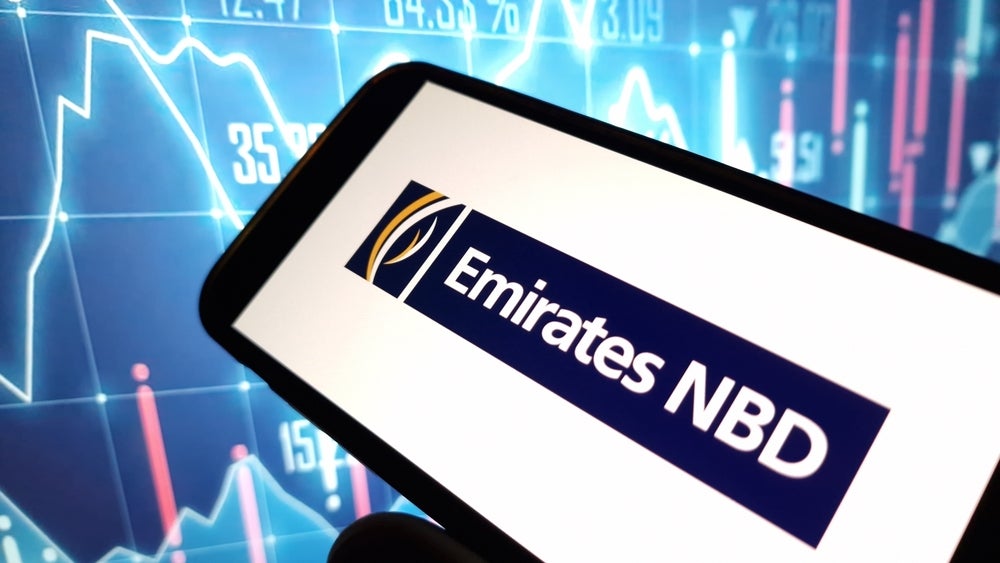Wealth managers are finding
their jobs crowded by increasingly long lists of boxes to tick,
driven by increased regulation and more technically demanding
clients. Alison Ebbage speaks to five industry experts about what
banks must do to improve their customer relationship
management.
Private bankers in Europe and the
UK are facing challenges on many fronts, but increased regulation
and client demands are renewing emphasis on sales suitability.
The introduction of Markets in
Financial Instruments Directive (MiFID) and the UK’s upcoming
Retail Distribution Review (RDR) are driving some of this
change.
So too is an increasingly demanding
client base that expects justification for every decision made,
plus the ability to look at a portfolio on a granular level at any
time.
Regulation & client
demand is formalising wealth managment process
The combination of regulation and
client demand is formalising the whole wealth management process,
according to Sungard’s president of its private banking business
Daniel Bardini.
“The challenge has not only been
regulatory but has also been to rebuild trust. This means complete
transparency and formalisation of the whole process for both new
and existing clients,” says Bardini.
Introduced in 2006, MiFID was the
first indicator of how the assessment process would become
formalised. It introduced suitability requirements and categorised
investors in a more structured way.
 Karen Bond, director
Karen Bond, director
at Navigant Consulting, said MiFID stops the selling of complex
products to investors who do not have the requisite experience.
Advisers also need to explain the disadvantages of any products
they propose.
RDR requirements to test
CRMs
The UK’s RDR proposes to take
assessment further with the requirement that advisers should look
at “all substitutable products”.
But it does not stop there.
Advisers must also be able to assess a client’s needs on an ongoing
basis, taking into account any changes in circumstances or risk
profile.
They must also be able to provide
reporting on a real-time and granular basis, and track that in its
entirety to satisfy both regulators and clients.
John Liver, partner in financial
services at Ernst &Young, says the Financial Services
Authority’s starting point is that everything needs to be
documented and that if it is not, then it did not happen, thus
leaving the firm open to regulatory fines or customer
complaints.
“Documentation now needs to include
salient points made at client meetings and an ongoing process to
ensure that a portfolio reflects a client’s evolving needs and that
there is some identifiable discipline around that,” he says.
How can technology help
CRM?
How then can technology help at
each stage of the process? Certainly in the initial data grab, a
good customer relationship management system (CRM) should be able
to prompt the adviser if there are any gaps or boxes that need
ticking.
It should also provide a structured
documentation workflow around the conversations and assessments
that advisers are already having.
CRMs need to direct the initial
data capture too; the client’s details, risk profile, parameters
around what can and cannot be invested in or sold as well as
investment aims.
This allows the wealth manager to
develop a proposal and forms the basis of the contract. There is
also extra work in supervising the whole process via statistical
and sample checks to ensure clients with similar profiles are
offered the same products and opportunities.
CRMs currently lacking: AT
Kearney’s Frohling
But Penney Frohling, partner and
head of the firm’s financial institutions group at AT Kearney,
thinks CRMs are currently lacking.
“There is an art to managing
private clients by identifying patterns, revealing real risk
appetites via psychometric testing and using behavioural finance.
Current systems are incapable of capturing this strategic data.
CRMs are just the plumbing – they are nowhere near sophisticated
enough,” she says.
Portfolio construction is the next
stage. Here software needs to be able to apply risk parameters to
allow and disallow certain investments, as well as flag up
specifics such as not investing in a certain area or currency.
“Once the wealth manager starts to
construct a portfolio, the software should require reasoning behind
each transaction,” says Bardini. “In previous times this would all
be done manually but now it all needs recording.”
Liver compares this to an
institutional model where the technology adds a best fit according
to the risk profile and adds discipline to that whole process.
“Institutional investors have a
buy, sell and restricted list to choose from,” he says.
Increasing client demand
for real-time reporting
But it is not just the regulator
that is interested in this decision-making trail. Clients too are
increasingly demanding and thus an additional part of the equation
is detailed real-time reporting and access.
“Clients now demand a clear line of
sight when it comes to their portfolios,” Frohling says. “[They
want] the ability to look through as asset class and a product
within that to identify, for example, the actual equities within a
collective fund. It is all about having an x-ray view.”
Bardini adds that every wealth
manager’s dream is to have a 360 degree view of a portfolio.
“The nightmare is, however, not
being able to communicate that to the client on demand,” he
says.
Software needs to be more
predictive
Bardini says software now needs to
move up a level and react on a real-time basis to events and
suggest changes to a portfolio and identify cross-selling
opportunities on the back of a given event.
“Another nice touch is to be able
to provide a client’s contact details along with this reactionary
information,” he says.
Engdal points out that instant
remote access for the client as well as the adviser is fast
becoming a must have.
“This improved frequency of contact
and quality of information allows for a more trusting
relationship,” he says.
Frohling thinks there is much to be
done.
“There is very little in the way of automation at the enhanced
granular level and scale required,” he says. “It’s new territory
and software has yet to step up to the mark.”






